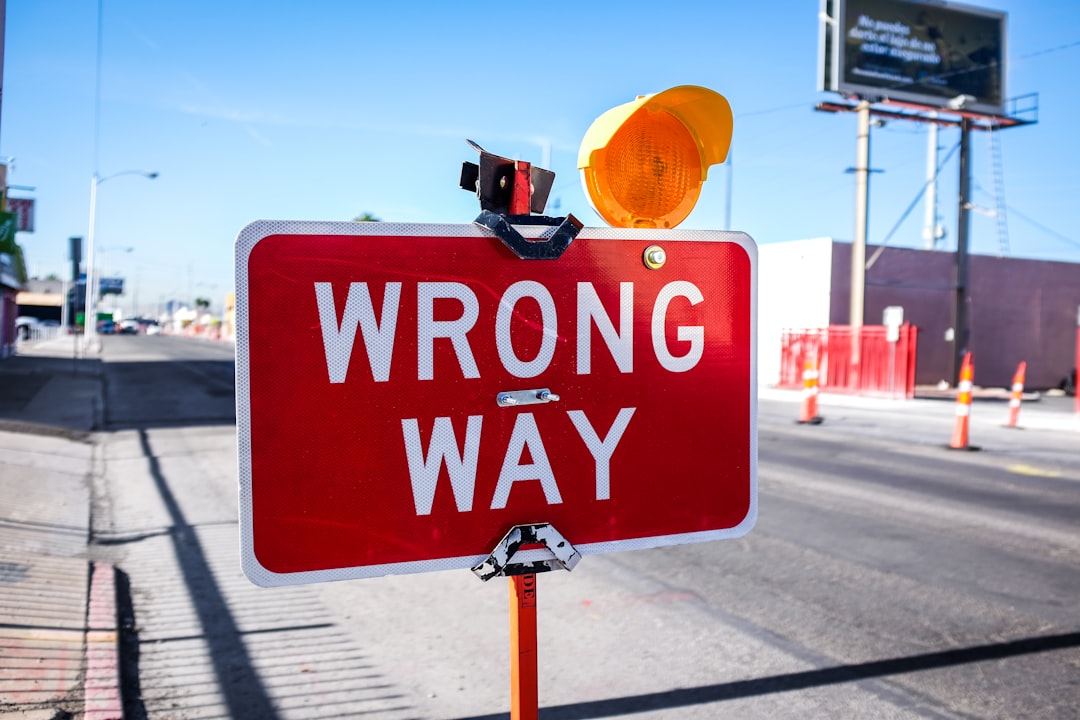What is it about?
Lung injury results in alveolar collapse (closing of the alveolar air spaces) and recruitemt (re-opening), creating stress concentrators that increase strain and aggravate injury. In this work, we aim to describe these processes during mechanical ventilation in a model of induced lung injury and surfactant (surface active agent) replacement therapy. Our findings suggest that during lung injury, alveolar collapse with increased distension open alveoli dominates alveolar micromechanics. Higher pressure and surfactant substitution reduced alveolar collapse and dynamic strain but increase static strain.
Featured Image

Photo by Robina Weermeijer on Unsplash
Why is it important?
Understanding how the physical forces acting in the lung change during injury is important to design better therapeutic options. We showed that applying increasing pressure results in alveoli recruitment (re-opeining), and applying surfactant kept them open. But physical forces were not completely normal.
Perspectives
We would like to further understand the changes in the forces in the lung, either during injury or disease or during mechanical ventilation. In addition, we would like to implement and develop computational models to help us predict those changes and improve the therapeutical options.
PhD Elena Lopez-Rodriguez
Charité Universitaetsmedizin zu Berlin
Read the Original
This page is a summary of: Alveolar Micromechanics in Bleomycin-induced Lung Injury, American Journal of Respiratory Cell and Molecular Biology, December 2018, American Thoracic Society,
DOI: 10.1165/rcmb.2018-0044oc.
You can read the full text:
Contributors
The following have contributed to this page










